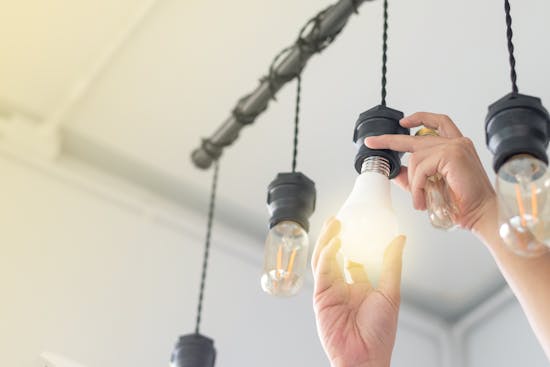Solar energy has been a hot topic for the past 10 years, and with both national and state schemes in place to reward those investing in solar it’s worth seeing if your property is eligible.
The benefits for an owner-occupied property is obvious. Of course, there are huge environmental benefits, but it also is a huge saving on energy bills, which is even more apparent with the cost of energy consistently rising.
What are the benefits of installing solar in an investment property?
Other than the aforementioned environmental benefits there are more benefits for solar in an investment that you’d initially think. A study conducted by Origin Energy in 2018 showed that the majority of renters are prepared to pay a higher rent for a property with solar. A huge two thirds of renters would be prepared to shell out an extra $5 a week and over half would be willing to pay at least $10 extra a week.
"A huge two thirds of renters would be prepared to shell out an extra $5 a week and over half would be willing to pay at least $10 extra a week for a property with solar"
While it can be an expensive outlay for the landlord; the increased rent, knowledge that you’re doing the right thing by the environment and the length of time a system is expected to last are all factors that should be taken into play.
In fact, the same Origin study showed that 57% of homeowners would pay an extra $10,000 for a property with solar. So if you plan on selling your investment property down the road you will have the added bonus of that.
Is your investment property suitable?
There are a range of factors that go into determining whether your property is suitable for a solar system; appropriate roof space and angle, facing the correct direction and more.
We suggest speaking with an approved, qualified solar electrician before making any decisions. It can be daunting choosing a solar installer and provider, try using Canstar or something similar to help whittle down the pack.
Installing solar: a quick checklist
This checklist from the Queensland Government steps you through the process of purchasing and installing solar power systems.
Step 1: Do your research
Read the Guide to installing solar PV for households from the Clean Energy Council. This sets out different types of solar power systems, estimated costs, installation process, the subsidies available and what to look for when planning your system.
Step 2: Contact your electricity retailer
- You can purchase solar power from various sources (e.g. your electricity retailer or solar companies).
- Find out how solar will affect your current electricity tariff (electricity you buy from the grid) and what feed-in tariff you’ll receive (for excess electricity exported back to the grid).
- For questions to ask your electricity retailer, see page 9 of the Guide to installing solar PV for households.
Step 3: Find a solar installer and plan your system
- Before choosing a system, talk to different solar retailers. You should discuss options, warranties and repair process, and get several quotes.
- Be aware that if your retailer subcontracts the design or installation of the system to another business, the contractor must have the appropriate electrical licence.
- Be aware that extra expenses can include a new electricity meter, cabling, roof repairs, or indirect costs.
Step 4: Final checks (before buying or installing solar power)
- Seek approval from body corporate to install a system (if applicable).
- Check with your local council before buying a large system (more than 5kW) to ensure you’re complying with their requirements.
- Contact your home and contents insurance provider to make sure you have adequate coverage for a solar power system.
Step 5: Sign the contract
Step 6: Installation of your system and connection to the grid
- Check the licence of any electrical contractor involved in the installation of your system. Work must be conducted by a licensed electrical contractor.
- Make sure you have received all solar documentation (from the solar power installer) at the time of installation.
- Make sure your solar power installer has lodged appropriate paperwork with your electricity distributor to organise grid connection.
Step 7: Use and maintain your solar power system
Your property is ready to go! A solar-powered home can be appealing to a wide range of people for financial and environmental reasons, make sure you call it out when advertising your home!
Disclaimer: The views, information, or opinions expressed in this blog post are for general information purposes only and should not be relied upon. We have not taken into account specific situations, facts or circumstances, and no part of this blog post constitutes personal financial, legal, or tax advice to you. You should seek tax advice from your accountant, specific to your situation.
.jpg?ixlib=gatsbyFP&auto=compress%2Cformat&fit=max&rect=0%2C0%2C6221%2C4146&w=2000&h=1333)



.png?ixlib=gatsbyFP&auto=compress%2Cformat&fit=max&rect=0%2C0%2C4000%2C1400&w=700&h=245)

